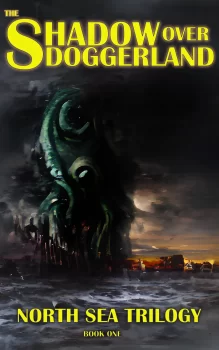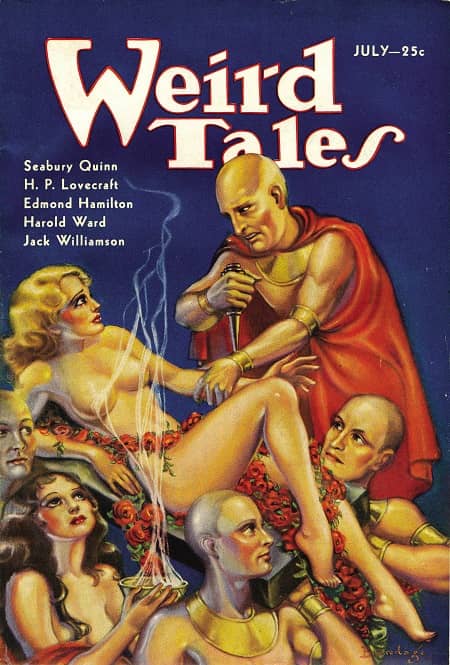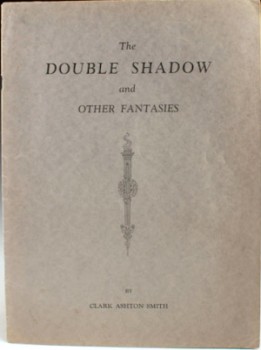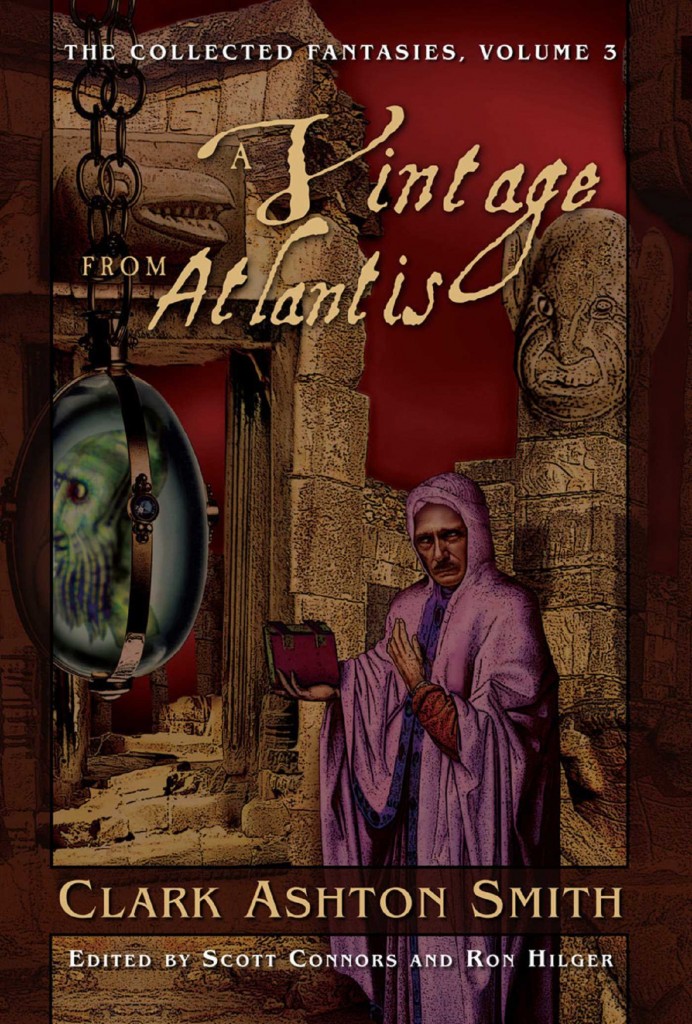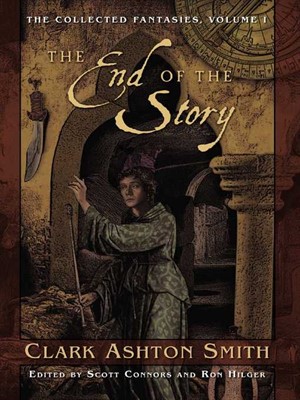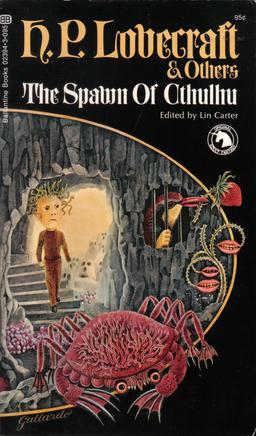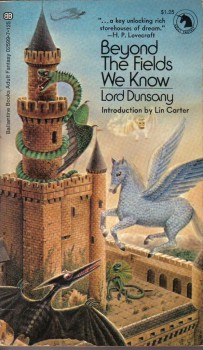Neverwhens: In His Sunken House of… Doggerland… Dead Cthulhu Waits Dreaming
For those not in the know, during the last Ice Age Earth’s seas were about 300 feet lower, revealing a vast amount of land. While no true Atlantis or Mu have been found, examples include a broad plain — and now sunken lakebed — connecting Australia to New Guinea, the Sunda Shelf — a massive sub-continent that unites most of Southeast Asia in a single landmass that includes places as far flung as Java and the Philippines, and Doggerland.
This last was a remnant of an even earlier land mass that had covered the Irish, Baltic and North Seas during the last glaciation, and where we now see the English Channel and the regions of the North Sea that separate the British Isles from Denmark and southern Norway there was land of marshlands and forests, filled with the last remnants of European megafauna such as lions, sabertooths, giant elk, and mammoths. Doggerland was slowly inundated by rising waters, transforming into an archipelago of islands, before being finally subsumed in the late Mesolithic era, likely by a tsunami event.
This lost land provides the setting for The Shadow Over Doggerland, a rather interesting collection of Mythos fiction spear-headed by prolific horror author Tim Medees and published by Nordc Press that asks what actually happened to the people of Doggerland? Was there some great ancient evil bent on destroying the world dreaming below the surface waiting to emerge?
